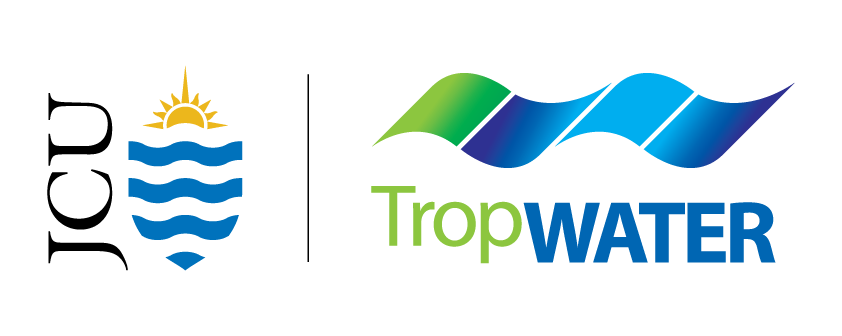.jpg)
Yarrabah
Location
Data on benthic habitats in Gunggandji-Mandingalbay Yidinji Sea Country near Yarrabah are limited, despite their cultural and ecosystem importance.
Our scientists are working with Gunggandji-Mandingalbay Yidinji Rangers to map and monitor these habitats and megafauna that rely on these areas.
We provide tools, training, and capacity building to support Rangers in managing their Sea Country.
Key points
Building capacity of Gunggandji-Mandingalbay Yidinji Rangers
Understanding benthic habitats on GMY Sea Country
Benthic habitats, such as seagrass and coral reefs, provide critical ecosystem services like feeding grounds for turtles and dugongs, nursery grounds for fish, and blue carbon storage. Deep-water seagrass habitats are recognised as an important ecological resource that contributes sustaining value to the Great Barrier Reef.
Gunggandji-Mandingalbay Yidinji Rangers want to better understand habitats on their Sea Country near Yarrabah to improve management and conservation efforts.
With the last comprehensive surveys on benthic habitats in this region happening over 30 years ago, data was urgently needed on where these habitats occur, how much area they cover, and their condition.
Capacity building on GMY Sea Country
We partnered with Gunggandji-Mandingalbay Yidinji (GMY) Rangers to enhance their skills in mapping, monitoring, and assessing Sea Country while updating data on benthic habitats.
Our scientists facilitated training, including a first-of-its-kind water confidence course for free-diving, and hands-on activities in mapping and monitoring benthic habitats to update information gaps in GMY Sea Country.
We are now training GMY Rangers how to use drones to track and monitor animals that rely on these critical benthic ecosystems, such as dugong and turtles.
Outcomes from this project include:
Empowering a team of Rangers with the skills and confidence to lead, collaborate on, and complete on-the-ground activities on Sea Country
Contributing to statistics on dugong populations across the Great Barrier Reef
Filling key knowledge gaps in current deep-water seagrass monitoring
Habitat assessments underway
This project, which began in 2022, will improve our understanding of benthic habitats on GMY Sea Country and fill critical knowledge gaps.
GMY Rangers and our scientists have:
Completed habitat assessments at 226 sites, identifying over 15 km2 of seagrass habitat and six species of seagrass.
Completed the targeted assessment of 41 offshore sites at seven reefs and uploaded around 1,600 photographs to the Great Reef Census AI platform for analysis.
Further baseline and monitoring surveys are planned for 2024 and 2025, with funding for the project continuing until 2026.
Project details
This project is led by Skye McKenna and Dr Katie Chartrand in partnership with the Gunggandji-Mandingalbay Yidinji Rangers. The project is funded by the Great Barrier Reef Foundation and the Department of Environment and Science’s Land and Sea Ranger Great Barrier Reef Grant Program.
Research support











